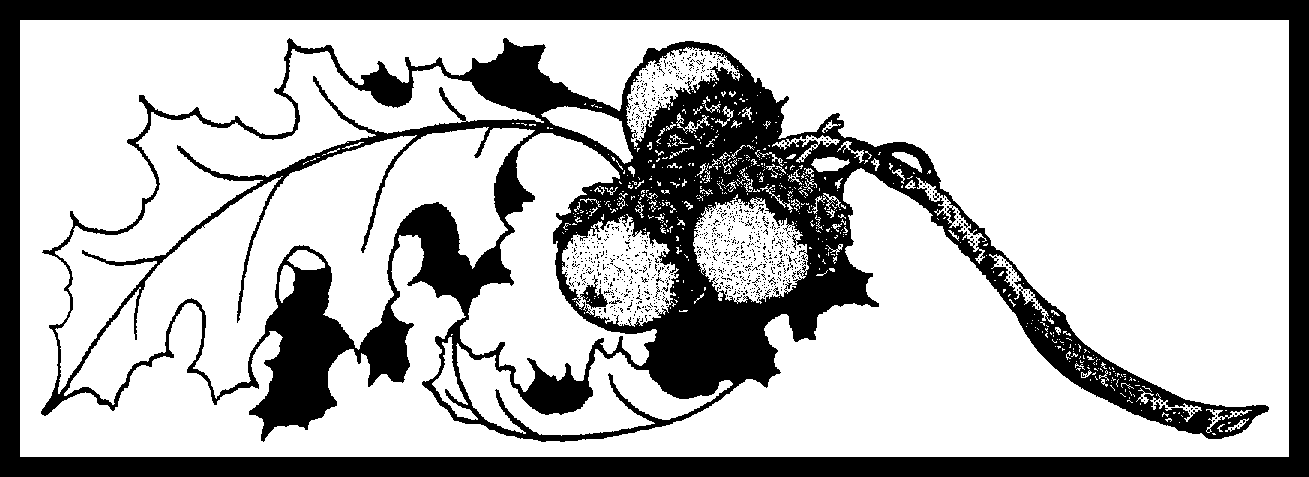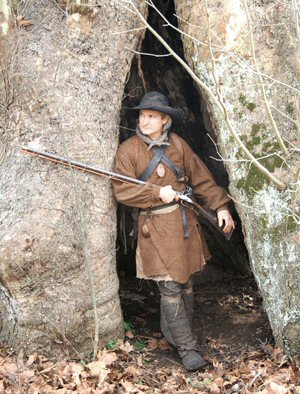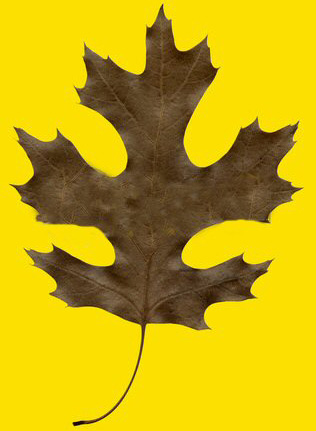WOODSMEN OF THE LITTLE MUSKEGON


THE LONG HUNTER
The long hunter stems from 17th century
"boschloper" (in Dutch) and the French "coureur de bois".
These men
blended the Native American and white culture in their dress and
actions. Ethan Allen is once
quoted as saying... "I know how to shute
and ambush just like an Indian. The Long Hunter explored and helped map
and tame half of the United States from the early 17th century through the
early 1800s. His blood stains
the ground from the central US to the
walls of the Alamo. His costume was as beautiful as it was efficient,
his rifle deadly, and he was completely American. He was completely self
sufficient in the best of the frontier
tradition.

HOW HE WAS DRESSED
The "hunting shirt" was universally worn. This was usually a
heavy, tightly woven, (lisney-woolsey or coarse linen) loose frock, like the hunting coat, reaching halfway down the thighs,
with large sleeves and opened down the front. Sometimes it was made of doe or buckskin, but this was very cold and uncomfortable
in wet weather. The front overlapped by a good foot on either side when belted in place. The cape was large and sometimes
fringed with a raveled piece of cloth, frequently of another color as the shirt. The cape and fringe served two purposes...
First, it helped keep the rain off, and the fringe helped leech the water from the rest of the fabric, helping it to dry quickly.
The shirt was belted closed, and also served as a "carry-all". Inside the shirt was stuffed perhaps a loaf of bread,
johnny cakes, jerky, or just about anything else he wanted to carry. On his left side, stuck in his belt was a tomahawk.
On the right, his skinning knife in a leather sheath. He would carry a small pouch for his fire kit.... flint, steel, char
cloth and tinder. Also, possibly a larger pouch for possibles as his pipe and tobacco, jerky or pemmican, hardtack,
awl, sinew, etc... His rifle or musket was usually of the best quality he could afford. It had to be, for his life depended
on it. He carried a "possibles" bag slung over one shoulder, and a powder and priming horn over the other.
The breeches or leggings were usually of leather (buckskin), and a
pair of moccasins adorned his feet. They took but a few hours to make, and were soft and supple, allowing the Long Hunter
to "feel" the ground ahead with his feet to make sure there were no dry twigs to be stepped on, or holes to step in.
To make moccasins required but one peice of hide... be it elk, buckskin, buffalo, or moose. Taking his trusty awl from his
possibles bag, he proceeded to cut a pattern to match the size of his feet. A seam was made down the center top, and
another at the heel. Flaps were left on the sides to reach some distance up the calf. They could be pulled up and tied
around the ankle, using buckskin thongs, to keep out dirt and snow. The moccasins would also be stuffed with dry leaves
or deer hair to help keep the feet dry and warm if he did not have the "winter" type moccasins available. In cold weather,
"winter" moccasins were made by attaching rabbit fur to the inside of the moccasins to keep the feet warm. However, in wet
weather, it was said that wearing moccasins was a decent way of going barefoot...
In the latter years of the Indian War (1790s), young American frontiersmen became enamored with the Native American
style of dress. The trousers were laid aside and the leggings made longer so as to reach the upper part of the thigh.
The breech clout (a piece of cloth... usually linen about 1or so yard long) was adopted. This was passed under the belt,
in the front and back, leaving the ends for flaps. Frequently these flaps were decorated with beads, embroidry, ribbons,
anything to make it unique and decorative. To the same belt was secured the leggings, using buckskin strips. When the
belt was on the outside of the hunting frock, as was frequently the case, the upper portion of the outer thighs were naked.
The young warrior, instead of being ashamed, as proud of his Indian attire. In some instances, when worn to church on
Sundays, their appearance did not add much to the devotions of the young ladies who had other things on their minds...

back to homepage
Return to top of the page



